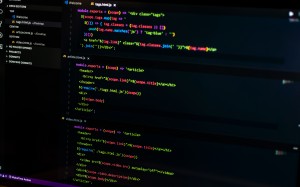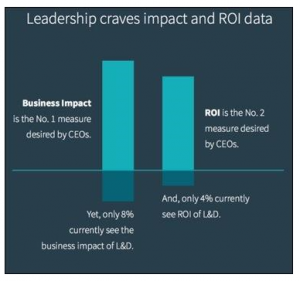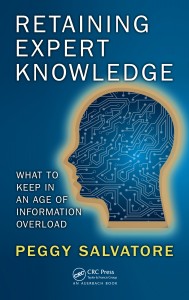 A retired friend of mine, an engineer by profession, wrote a wonderful book last year looking back on his career that is full of the humor and irony of a life of assessing and mitigating damage at chemical plants. If you are a member of the broom brigade in the elephant parade, you’ve got stories. And he’s got stories.
A retired friend of mine, an engineer by profession, wrote a wonderful book last year looking back on his career that is full of the humor and irony of a life of assessing and mitigating damage at chemical plants. If you are a member of the broom brigade in the elephant parade, you’ve got stories. And he’s got stories.
One story in particular caught my attention as it highlights the challenges of managing the overzealous employee who – by virtue of wanting to improve upon the written instructions – took it upon himself to shorten the wait time in a chemical process. Okay, you see this coming, don’t you?
The story goes thusly:
Most manufactured chemicals are very sensitive. During the processing that creates them from a variety of other materials, any variation in the reaction conditions can lead to impurities, byproducts or even an undesired final product. This is particularly true with pharmaceuticals which are by their nature complicated and usually involve long, multiple steps…
Occasionally a batch (2,000 gallons) of the initial material in the production chain came up off-quality. It would have a haze of insoluble byproduct that was very difficult to remove and thus led to reworking expense as well as scheduling nightmares. The engineers went to work to identify the problem with the sub-standard batches. They checked all the measuring instruments and devices, recalibrated them, confirmed the cleanliness of all the equipment, verified the quality of the incoming materials, redid all the intermediate analytical checks, and so on and so on. In analyzing the data, they realized that one individual – let’s call him Al – charged all the off-specification batches. Charging is the process of adding all the materials involved in the chemistry into the reaction vessel.
Al was a very good guy, a conscientious operator, experienced and trustworthy. So, we descended on him to watch how he charged the materials. It seemed very straightforward. The medium of choice was water and the first process step required Al to add it to the vessel. While the water was being added, he began adding the other materials which came out of 50-pound bags. We found no problem with how he did this. There were no scraps of bagging material accidentally being added, no other problematic events.
Then the head scratching began. Al was apparently doing everything correctly. And yet the problem persisted. Then one genius suggested instead of focusing on the errant operator, we should see how the other operators did the charging process. Upon doing this, a glaring difference immediately appeared. The written instructions, created years ago, directed the operator to add the required amount of water to the vessel and only then begin adding the other components. Whomever designed the equipment installed a feed line that was not very large. As a result, it took about an hour to fill the required amount of water. So, what did the other operators do? They followed the instructions literally and took an extra break to fill their time.
We went back to Al.
“Why do you charge the materials while the vessel is filling?” we asked.
His answer would have warmed the heart of any supervisor.
“To be more efficient,” Al said matter-of-factly. “Why waste that time? This gives me a head start on the whole process.”
It really hurt to tell Al to stop being so concerned and dedicated, and to take an extra break just like all the other operators until all the water was in place. Needless to say, his feelings were hurt.
He took the extra break and the quality problem disappeared. The solution was perhaps not elegant, but it did the job. We all believe that greater efficiency is good, but we forget, at our peril, that it does not exist in a vacuum. –
From Stories from My Working Days by Richard Sakulich
Following the SOP and Reinforcing the SOP
In following the SOP, Al’s one apparently minor, inconsequential deviation was costly. A few lessons:
- When your product does not meet specifications, are you checking to make sure all your employees are following the SOP to the letter? It is usually written exactly as required for a reason.
- When the SOP is not followed to the letter, but the deviation is – as in the case of Al – the result of an overzealous employee trying to improve on the process, how do you handle it? In this case, Al was simply and gently corrected as his “cutting corners” was intended to be helpful. Don’t lose a good employee by embarrassing them or punishing them.
- When the well-written SOP is not followed, it may require a slight modification to explain the process and avoid deviations. In this case, an extra sentence could be added to the instructions explaining, “The water must be filled before any chemicals are added, or the final product will not meet specifications.”
Even the best plans and most well-written SOPs will encounter an Al or two. And when this happens to you, note the process variation and address it in the SOP. There is always another Al waiting to improve upon perfection.
How do you address employees who don’t follow the SOP exactly as written?
Richard Sakulich’s book is not yet available for general purchase but if you would like a copy, contact me at workingwithsmes@gmail.com and I will forward your request to him. This is one of many great tales in “Stories from My Working Days” that will leave you giggling.









